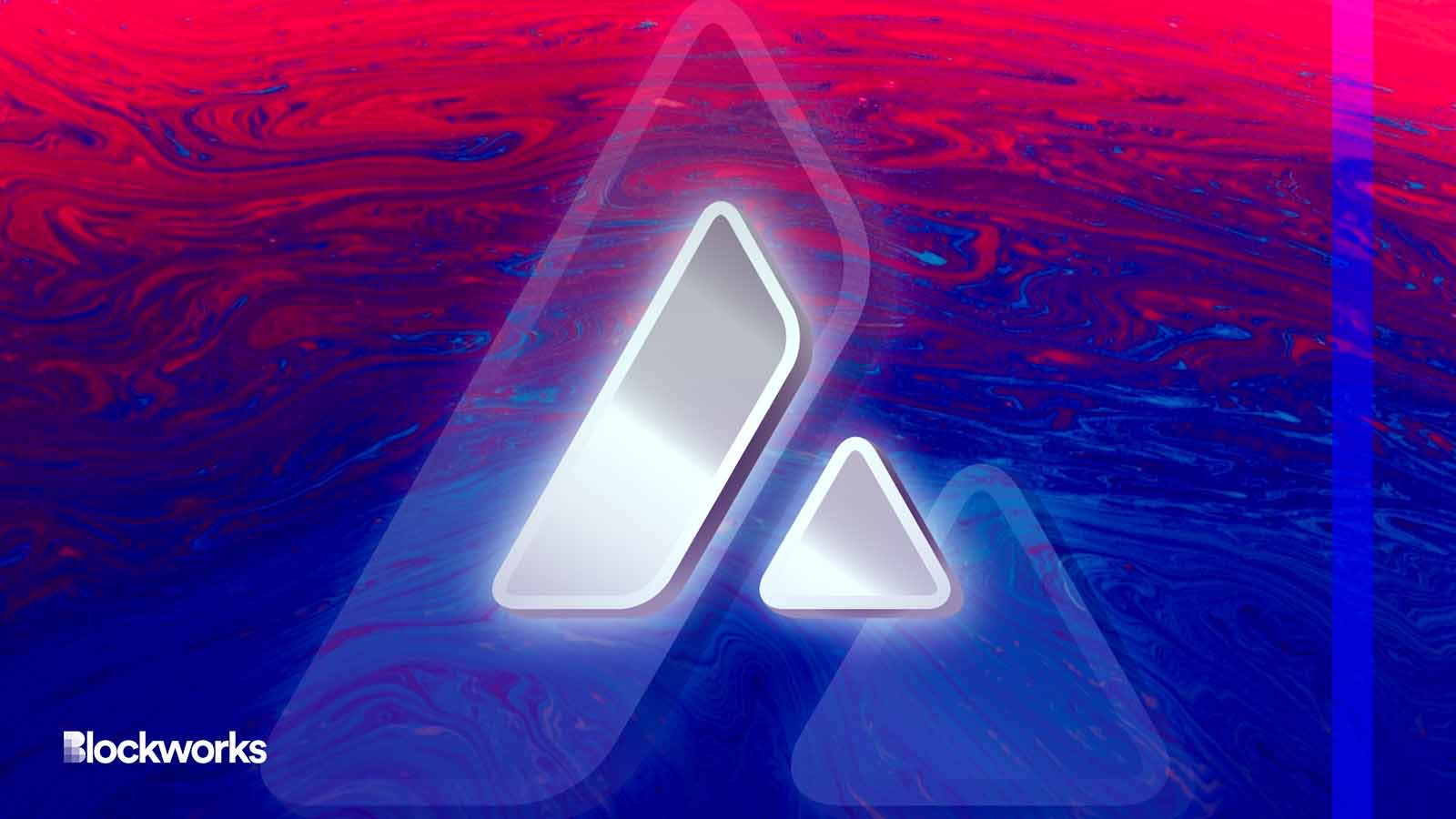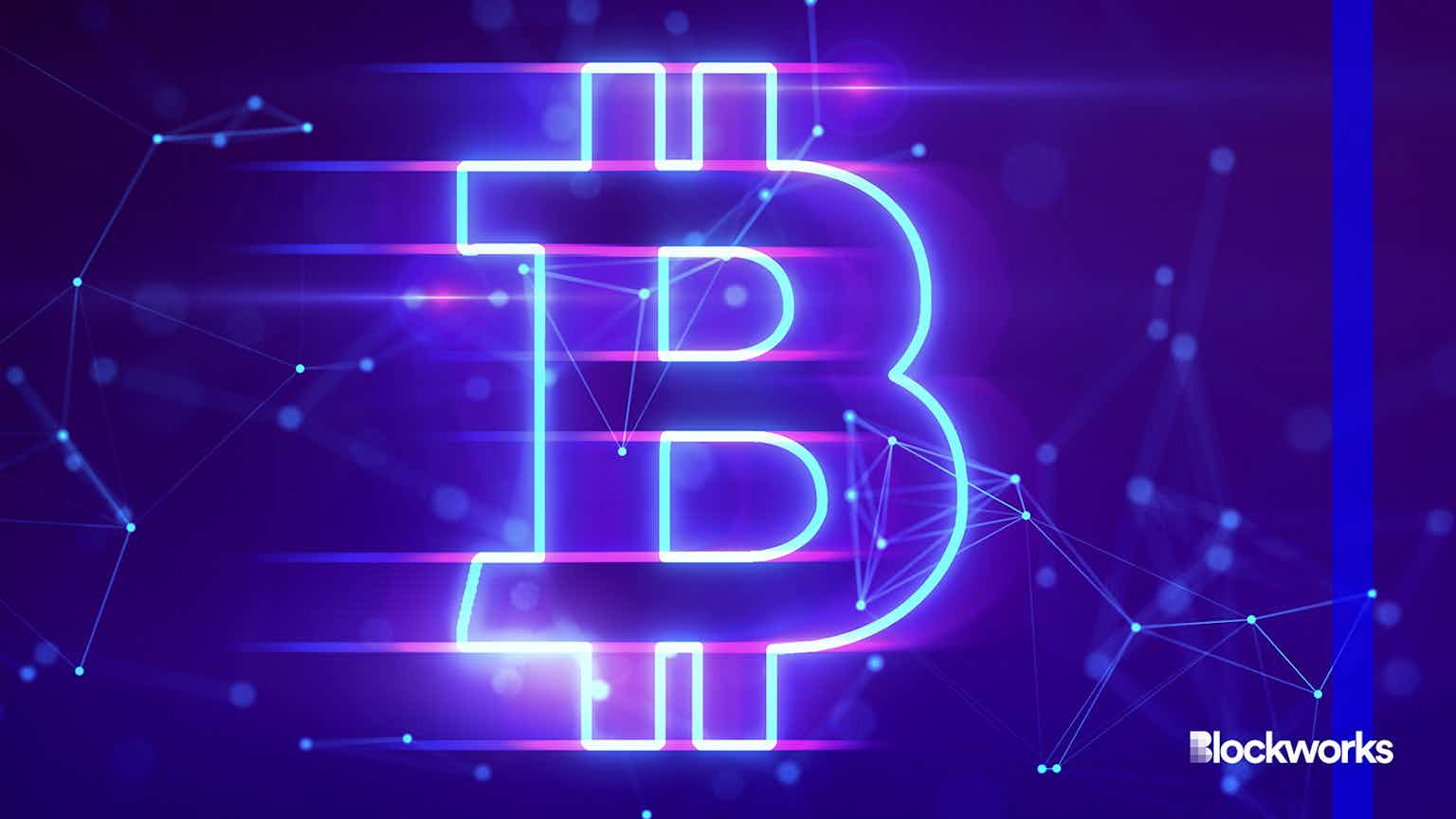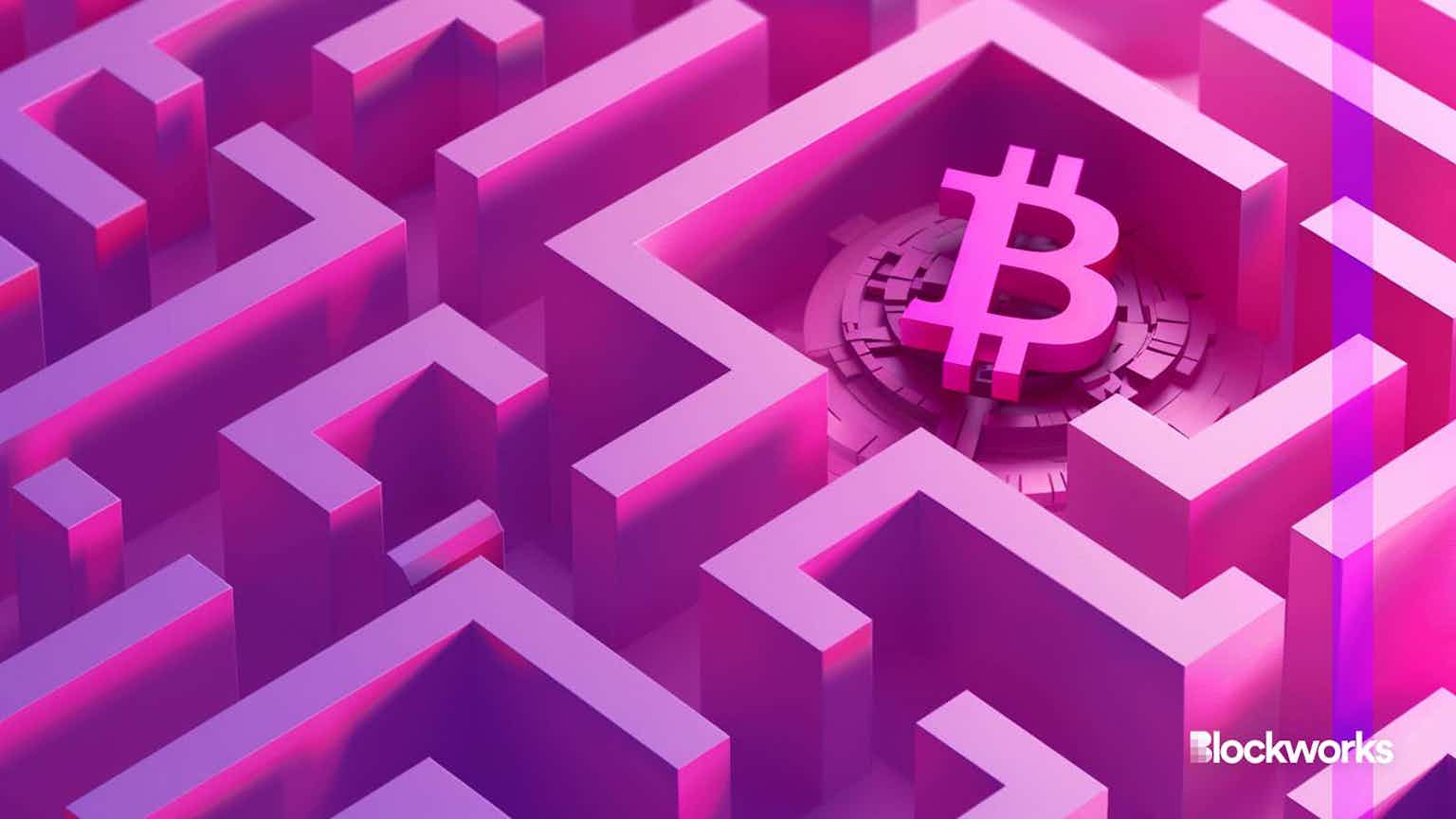Avalanche’s Spruce Subnet Sees Traditional Finance Participation
Avalanche has launched its Spruce testnet to attract institutional interest to blockchain technology

Furkan Cubuk/Shutterstock modified by Blockworks
Avalanche has introduced its latest Evergreen subnet, “Spruce,” with support from institutional partners T. Rowe Price Associates, WisdomTree, Wellington Management and Cumberland. These financial institutions will utilize Spruce as a testnet to evaluate the advantages of executing and settling trades on-chain for different assets and applications, according to a blog post from Avalanche on Wednesday.
The dapp platform said that its Evergreen subnets — specifically Spruce — are designed to “address many of the issues with permissioned DeFi precluding broader institutional adoption of public blockchain infrastructure.”
Several financial institutions have signed on to use Spruce as a testnet for a “variety of applications and assets to measure the benefits of on-chain trade execution and settlement.”
According to the blog post, the testnet will allow “institutional participants to experience the full functionality of Avalanche’s subnet architecture without putting capital at risk.”
The wallets used by the institutions are issued non-transferable tokens once the know-your-customer (KYC) checks are passed. The Evergreen subnets are chains based on the Ethereum virtual machine (EVM) with a “permissioned validator set and a custom gas token to power transactions.”
The news that multiple firms had signed on to the Evergreen subnet comes less than a week after Avalanche announced the launch of the subnets, specifically for institutional blockchain deployment.
On April 6, Avalanche said that traditional financial institutions would be able to “pursue their blockchain and digital asset strategies in private, permissioned chains with known and approved counterparties, while retaining the ability to communicate and interoperate with other Subnets through Avalanche’s native communication protocol called Avalanche Warp Messaging (AWM).”
Avalanche also launched other subnets including a tokenized Asset-Backed Securities marketplace called Intain subnet. Through a strategic partnership with Deloitte, it also created the Deloitte subnet, which is a platform for FEMA fund disbursements.
The above financial institutions are not the first ones to make the foray into blockchain technology, however. JPMorgan Chase, Goldman Sachs, and others have been exploring the space for years.
Start your day with top crypto insights from David Canellis and Katherine Ross. Subscribe to the Empire newsletter.





